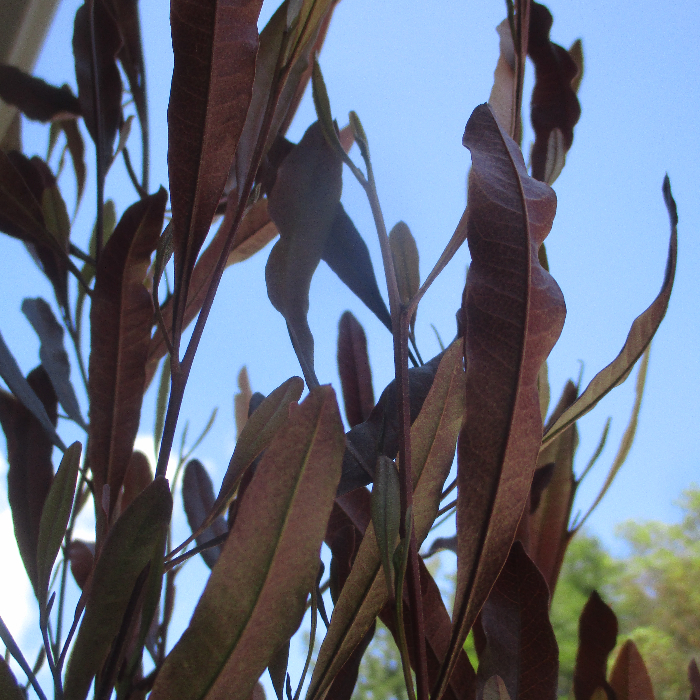UNITED STATES—The language of gardening can sometimes seem confusing. That is because so much of it is Latin. Some of it is Latinized Greek, or Latinized names of botanists. As confusing as it may seem, this botanical nomenclature is quite simple. It is, furthermore, more practical than the use of regional common names. Botanical nomenclature is practically universal.
Botanical nomenclature is not actually a language. It is a standardized system of naming botanical organisms, or plants. It is so standardized that it is the same everywhere in the World, in every language. Common names are different in different regions or in different languages. In that regard, common names can be more confusing than botanical names.
Botanical nomenclature is basically binomial, which means that it uses only two names. The first name is the general or genus name. The second name is the specific or species name. The genus name is capitalized, while the species name is not. Both are italicized. A species name is often an adjective that describes a characteristic or origin of its genus.
A cultivar is simply a ‘culti’vated ‘var’iety.
Many botanical names include a third variety or cultivar name. Such names are in single quotes, without italicization, but with capitalization. For example, Sequoia sempervirens ‘Soquel’ is ‘Soquel’ redwood. “Sequoia” is its genus name. “sempervirens” is its species name, which also describes it as evergreen. “‘Soquel'” is the particular cultivar or variety.
Botanical nomenclature is actually quite similar to automotive nomenclature. Italicization and lack of capitalization of the species names are the primary differences. For example, Buick, Chrysler and Mercury are all like genera. Electra, Imperial and Grand Marquis are all like species of these particular genera. Buick Electra is therefore like a botanic name.
Buick Electra ‘Limited’ is like a cultivar of Electra, which is more specific than species. Its family is General Motors, which is more general than genus. Botanical nomenclature has families too, although they are rarely mentioned. Sequoia sempervirens ‘Soquel’ is in the family of “Cupressaceae”. Botanical family names lack italicization but not capitalization.
Highlight: Hopbush
Its silly name is actually justifiable. The papery fruits of Hopbush, Dodonea viscosa, can be useful as a substitute for hops. Almost all hopbush are female, so produce such fruits. However, bloom and subsequent fruit production is variable. Vigorous plants are likely to produce less fruit. Also, some specimens might become male, and therefore be fruitless.
Hopbush is most popular as an informal evergreen hedge. It also works well as a formal hedge. With selective pruning, it can become a small tree with shaggy bark on sculptural trunks. It develops a narrowly upright form while young, but may eventually grow ten feet wide. It grows about twice as tall. Overgrown specimens are quite conducive to pruning.
Hopbush exhibits a uniformly fine foliar texture. Individual leaves are two or three inches long, but narrow. Foliar color is soft bronzy green. ‘Purpurea’ is more purplish bronze, but is not quite as vigorous. Roots are very complaisant, but do not disperse well if irrigation is too generous. Established hopbush is undemanding, so does not require much water. It tolerates soil of inferior quality too.







